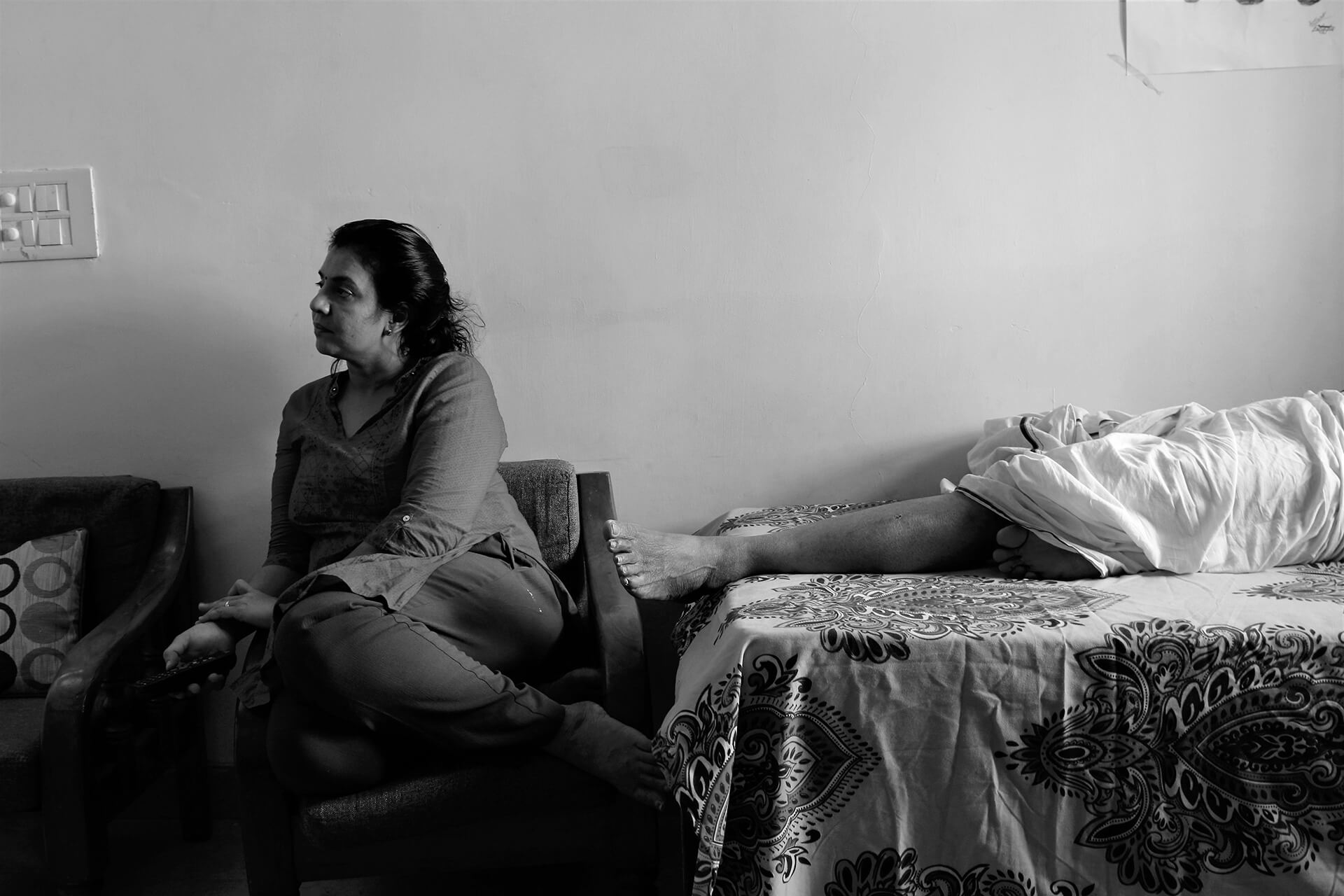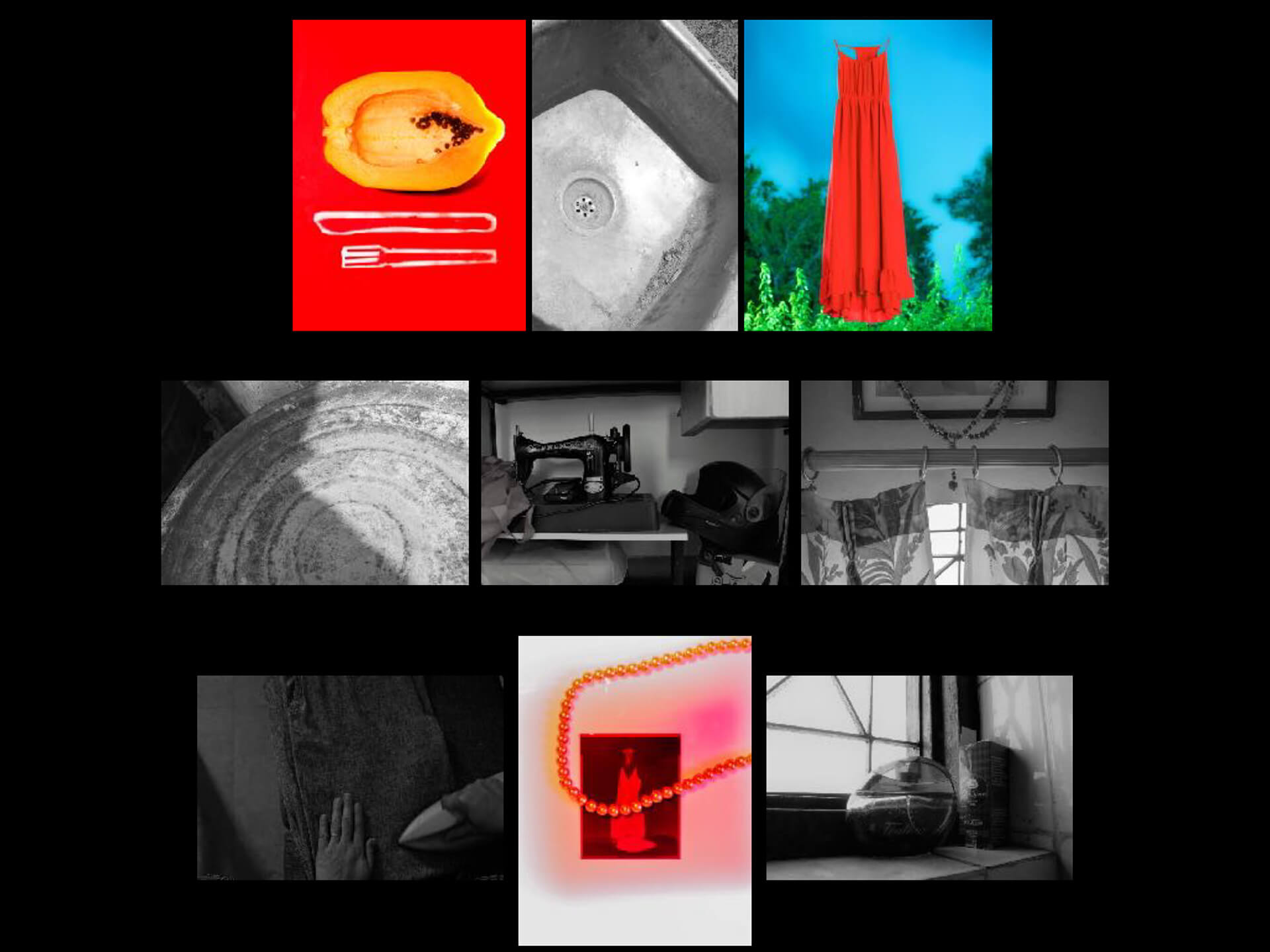'Radical Software' highlights the work of early women computer artists
by Manu SharmaNov 03, 2024
•make your fridays matter with a well-read weekend
by Shraddha NairPublished on : Sep 18, 2021
I love a good video game. In fact, I even dedicated a whole series to it last year, because I could not stop talking about how fascinating the world of gaming really is. There is something about a video game which is unlike any other format. It is engaging both physically and mentally, while also creating an informal and playful environment for interaction and learning. Information can be channelled and moulded according to intention, and the opportunity for subliminal messaging is abundant. This is particularly apparent in Project Blink, a multiplayer video game conceptualised by Maze Collective, a Delhi-based studio led by Zahra Yazdani and Ashish Sahoo.

Luckily, the pair took the time out to play the game with me, accompanied by their developer, Bhagwati Indoria. In a conversation with the three of them, they took me through the process of creating this game. They tell STIR, “The initial idea of Blink comes from the characteristics of social media and online platform conversations, the distortion of information and the way that we reconcile with stories that seem ambiguous, to remain a part of the conversation and part of the group, in order to be visible and heard. Considering art as a collaborative experience, we were curious to see how this mechanism of online interactions will work in creating artworks. During lockdown, we both were playing more games, so we thought why not experiment this idea in a game structure since games gather people together and build a context for interaction”. The game is based on text and image prompts, and encourages image-based responses from players. The dynamics of the game pushes one to review their understanding of communication as a whole, something which is approached in a rather lackadaisical manner as a result of instant messaging.
Project Blink is a rather unique game in the way it uses time. While most video games are meant to be quick, easy and approachable, the structure of Project Blink demands dedication and determination. Each game contains multiple rounds. In between each round there is a gap of about 24 hours, which gives players time to ponder over the prompts, as well as collect and create images.
The game draws inspiration from a card game called Dixit, a popular group activity in Iran, where Yazdani is from. She says, “Almost all gathering in Iran ends up in playing something together from simple pantomime game to many other kinds of party games. Dixit has recently got very popular in Iran, now you can find even the translated and re-illustrated version of it in many homes and cafes”. They share further, saying, “We used Dixit card game mechanism as a base. Instead of using the literal martial of Dixit, which are a deck of illustrated cards, we redesign the game and change the materials of the game to text, still image and video, which are the materials that we use every day in our online interactions”.
The two creators tell us how Project Blink pushes the player to consider any and all data they receive by providing one single prompt text and then inviting the player to break down and deepen their understanding of the prompt through images and videos they create themselves. They say, “Our main idea was to trigger some actions which lead to multiple breakdowns of a single idea through different people’s perceptions. So, we chose the initial idea as a text, we searched for texts which have visual potential within and can summon people’s imagination. For this, we collaborated with two contemporary poets: Elyas Alavi from Afghanistan, who is based in Australia, and Elham Malekpour from Iran, who is based in The Netherlands.”

Project Blink was initially prototyped on WhatsApp, after an initial draft of the rules were shaped into guidelines. They ran multiple rounds of testing with volunteers from India, Iran, Italy, and Mexico. They soon received a grant from Experimenter Labs, which enabled them to design and develop an automated website for the game to run. Project Blink is an intriguing venture and one for which I can envision much experimentation and growth. While the game scores high in dynamics, and sufficiently in mechanics (when looking at the MDA Framework), it falls significantly short in the aesthetics department. This is particularly crucial when hoping to engage a viewer for a long period of time, especially when your target audience is rather well exposed to visual information.
In a time when visual data is virtually unlimited, this game aims to engage with images on a much deeper level. The duo discusses how this game performs this task. They say, “The pandemic has made us think about our lifestyle more deeply. Many things which we thought cannot happen, have happened and made us see that this is possible. It has also given us enough time to think deeply about ourselves and our goals. Project Blink works the same. It makes you think more deeply when playing each theme of the game, which is mainly related to current events and situations around us. Today, within a year, everything has gone from physical to virtual. Having a meeting or a birthday celebration has become all virtual and it is the new norm. So, in this game, players are collaborating with strangers virtually and interacting with them conceptually."
by Maanav Jalan Oct 14, 2025
Nigerian modernism, a ‘suitcase project’ of Asian diasporic art and a Colomboscope exhibition give international context to the city’s biggest art week.
by Shaunak Mahbubani Oct 13, 2025
Collective practices and live acts shine in across, with, nearby convened by Ravi Agarwal, Adania Shibli and Bergen School of Architecture.
by Srishti Ojha Oct 10, 2025
Directed by Shashanka ‘Bob’ Chaturvedi with creative direction by Swati Bhattacharya, the short film models intergenerational conversations on sexuality, contraception and consent.
by Asian Paints Oct 08, 2025
Forty Kolkata taxis became travelling archives as Asian Paints celebrates four decades of Sharad Shamman through colour, craft and cultural memory.
 surprise me!
surprise me!
make your fridays matter
SUBSCRIBEEnter your details to sign in
Don’t have an account?
Sign upOr you can sign in with
a single account for all
STIR platforms
All your bookmarks will be available across all your devices.
Stay STIRred
Already have an account?
Sign inOr you can sign up with
Tap on things that interests you.
Select the Conversation Category you would like to watch
Please enter your details and click submit.
Enter the 6-digit code sent at
Verification link sent to check your inbox or spam folder to complete sign up process



by Shraddha Nair | Published on : Sep 18, 2021
What do you think?